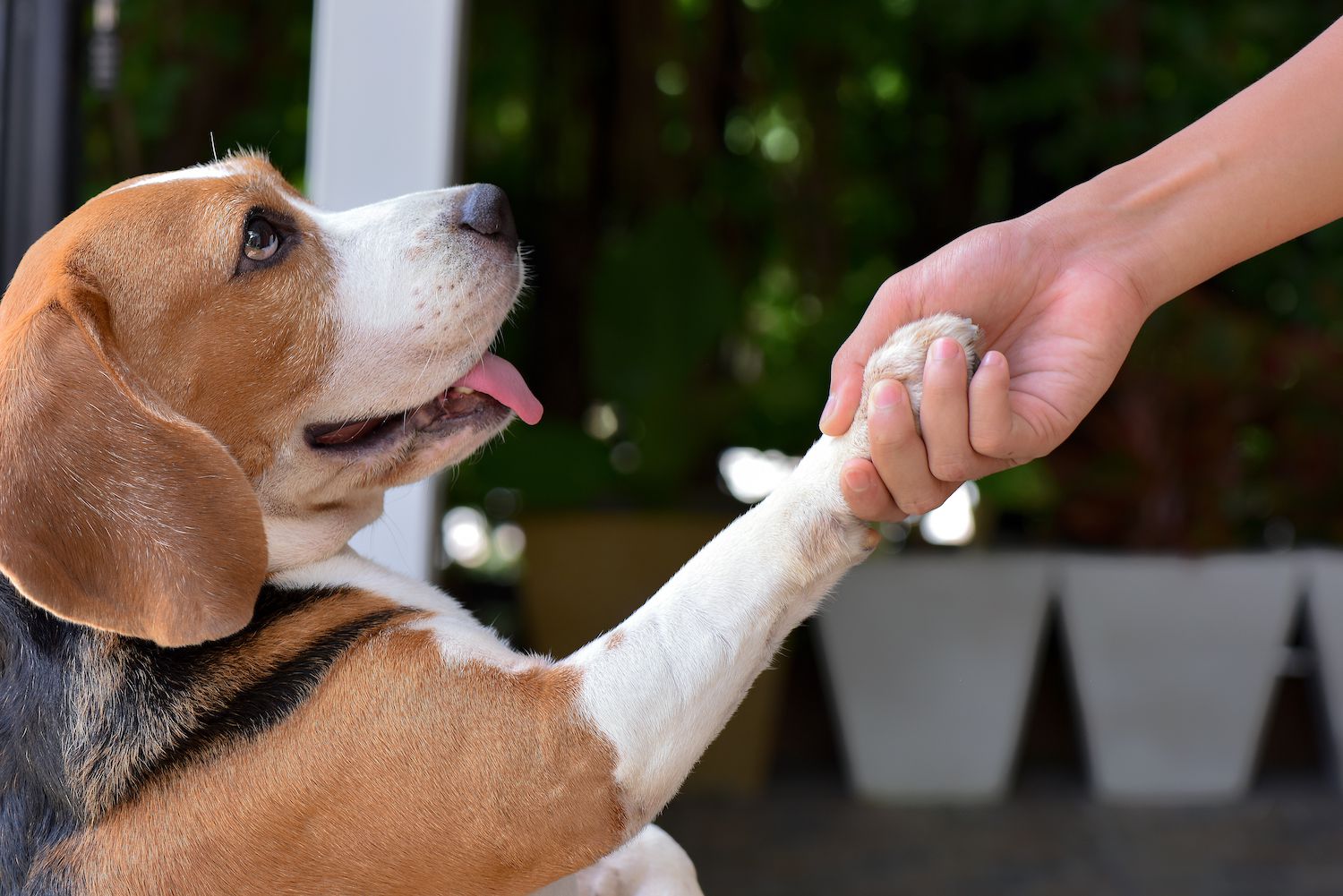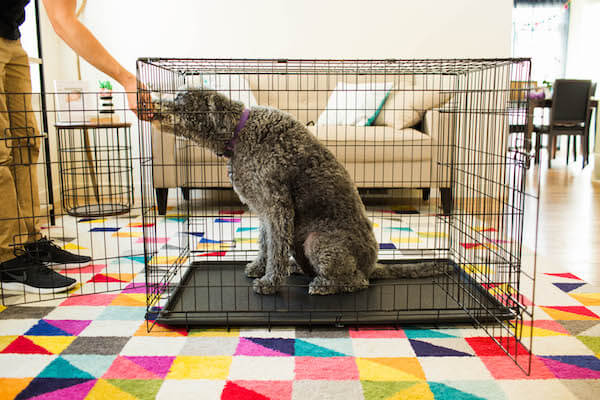Dogs are naturally inclined to chew. Whether it’s due to boredom, teething, or anxiety, chewing can become a destructive habit if not addressed early. While chewing is a normal behavior for dogs, it can lead to significant damage when they target your furniture. Preventing this destructive habit requires a combination of understanding why your dog is chewing and applying positive training methods. In this article, we will explore effective strategies to stop furniture chewing while fostering good behavior in your dog.
Why Do Dogs Chew Furniture?
To address the problem of furniture chewing, it’s important to first understand why dogs do it in the first place. Chewing is a natural instinct for dogs, especially puppies, who chew to relieve the discomfort of teething. However, adult dogs also chew for various reasons. Boredom is a common cause; when dogs don’t receive enough mental or physical stimulation, they may turn to chewing as a way to entertain themselves. Stress and anxiety, particularly separation anxiety, are other major factors. Dogs left alone for long periods might chew furniture to cope with their emotional distress. By understanding the reasons behind your dog’s chewing behavior, you can better tailor your training approach to effectively address the issue.

Training Your Dog to Stop Chewing
Once you’ve identified the potential causes of your dog’s chewing, it’s time to begin training. Obedience training forms the foundation of behavior modification. Teaching your dog basic commands like “no” and “leave it” helps communicate that chewing on furniture is unacceptable. When you catch your dog in the act of chewing, a firm “no” followed by redirecting them to an appropriate object, such as a chew toy, can help them understand what is off-limits. The key here is consistency—dogs learn through repetition, so ensuring that everyone in the household responds to chewing behavior in the same way will reinforce the training.
Additionally, it’s essential to replace inappropriate chewing with suitable alternatives. Providing your dog with appropriate chew toys not only satisfies their need to chew but also diverts their attention away from your furniture. Over time, your dog will learn which items are theirs to chew on and which are not.
Providing Chew Toys and Alternatives
An important aspect of preventing furniture chewing is ensuring your dog has access to suitable chewing alternatives. Not all chew toys are created equal, so it’s important to choose durable, safe options that can withstand your dog’s chewing habits. Toys made of rubber, nylon, or natural bones are often ideal for heavy chewers. Moreover, regularly rotating your dog’s toys can help maintain their interest, as dogs can become bored with the same toys over time. By offering a variety of toys and chewable items, you can keep your dog engaged and less likely to turn to furniture.
If you’re on a budget, there are also homemade solutions that can work just as effectively. For example, freezing a damp towel can provide relief for teething puppies, while stuffing a puzzle toy with treats can offer mental stimulation for adult dogs. By providing the right alternatives, you’re not only protecting your furniture but also addressing your dog’s natural need to chew.
Exercise and Mental Stimulation to Curb Chewing
Preventing furniture chewing isn’t just about offering chew toys—it’s also about keeping your dog physically and mentally engaged. A bored or restless dog is far more likely to chew on furniture than one who is well-exercised and mentally stimulated. Daily walks, play sessions, and interactive games are essential to burn off your dog’s energy. A dog with pent-up energy is more likely to act out by chewing or engaging in other destructive behaviors.
In addition to physical exercise, mental stimulation is equally important. Puzzle toys, treat-dispensing games, and training exercises can challenge your dog’s mind, providing them with the stimulation they need to stay occupied. A combination of physical activity and mental engagement creates a balanced routine for your dog, which significantly reduces the likelihood of destructive chewing.
Addressing Separation Anxiety-Related Chewing
While boredom is a common cause of furniture chewing, emotional stress—especially separation anxiety—can also play a significant role. If your dog chews only when left alone, this behavior may be linked to anxiety. Dogs suffering from separation anxiety can experience panic when their owners leave, leading to destructive behaviors like chewing as a coping mechanism.
To address this, start by gradually desensitizing your dog to being alone. Begin with short absences, gradually increasing the time you’re away as your dog becomes more comfortable. Crate training can also provide a safe space for anxious dogs, reducing their urge to chew when left alone. Additionally, calming techniques like interactive toys that keep your dog busy, calming sprays, or even white noise can help alleviate anxiety and make your dog feel more secure in your absence.
Positive Reinforcement and Reward-Based Training
An essential element of training is using positive reinforcement. Dogs learn best when they are rewarded for good behavior rather than punished for bad behavior. Whenever your dog chews on appropriate objects like their toys, offer praise, treats, or affection. This encourages them to continue engaging in the desired behavior. Positive reinforcement not only strengthens the bond between you and your dog but also makes the training process more enjoyable for both of you.

It’s important to avoid using punishment to address chewing. Yelling or physically reprimanding your dog can create fear or anxiety, which may worsen the behavior or cause new problems. Instead, focus on reinforcing good behavior and redirecting negative behavior. With consistent and positive training, your dog will learn what is expected of them.
Using Deterrents and Management Techniques
In addition to training, some management techniques can help prevent furniture chewing, especially in the early stages. Safe chewing deterrents, such as commercial sprays or natural alternatives like diluted apple cider vinegar, can be applied to furniture to make it less appealing to chew. These deterrents work by creating an unpleasant taste, discouraging your dog from targeting the furniture.
Additionally, managing your dog’s environment is key. When you cannot directly supervise your dog, confining them to a dog-proofed space can prevent unsupervised chewing. Using gates or playpens can limit access to furniture and other items that your dog might chew. By controlling their environment, you can reduce the opportunities for inappropriate chewing until your dog is fully trained.

When to Seek Professional Help
While most dogs can be trained to stop chewing with consistent effort, some cases may require professional assistance. If your dog’s chewing behavior persists despite your best efforts, or if it seems linked to deeper behavioral issues like extreme anxiety or compulsion, seeking help from a professional trainer or behaviorist is a good idea. A professional can provide personalized guidance and help create a tailored training plan that addresses your dog’s specific needs.
In some cases, underlying health problems, such as dental pain, can also contribute to excessive chewing. If your dog’s behavior seems out of the ordinary or if they show signs of discomfort while chewing, a visit to the vet may be necessary to rule out any medical issues.
Training your dog to stop chewing furniture takes time, patience, and consistency. By understanding why your dog chews, offering appropriate alternatives, and reinforcing good behavior with positive training techniques, you can successfully prevent furniture chewing. Incorporating physical exercise, mental stimulation, and managing separation anxiety will further reduce the likelihood of destructive behavior. With the right approach, you’ll create a chew-free home and foster a stronger bond with your dog, ensuring they grow into a well-behaved and content companion.

After 5 years in a high pace business management role, I partnered with an e-commerce developer to start building Dog Supplies Warehouse.
Our number one goal is to make sure all products are managed and delivered to our customers door fast and accurately.

